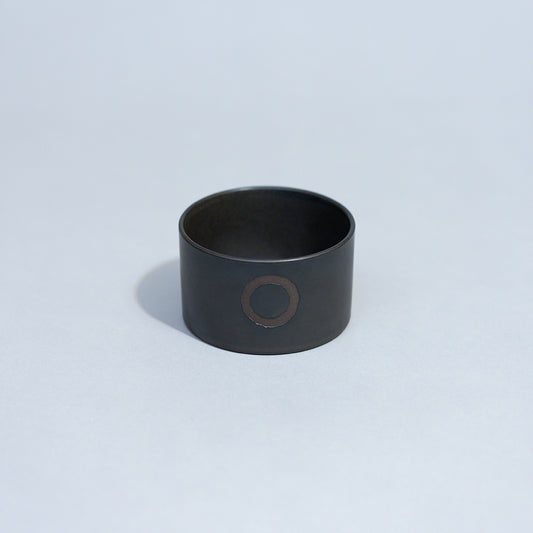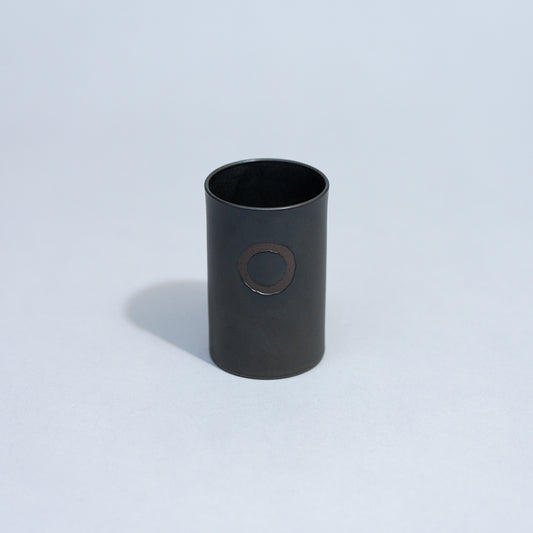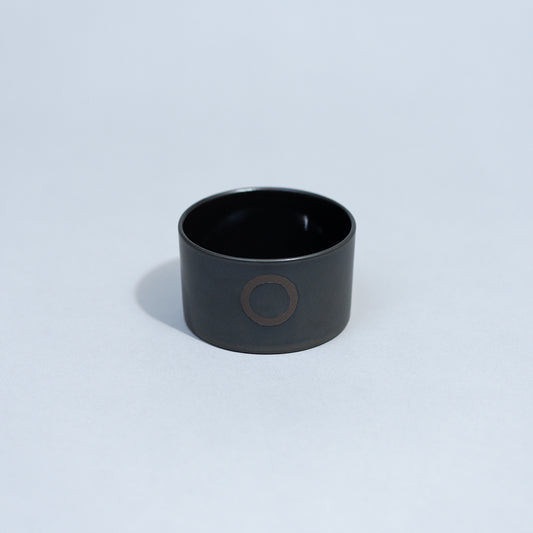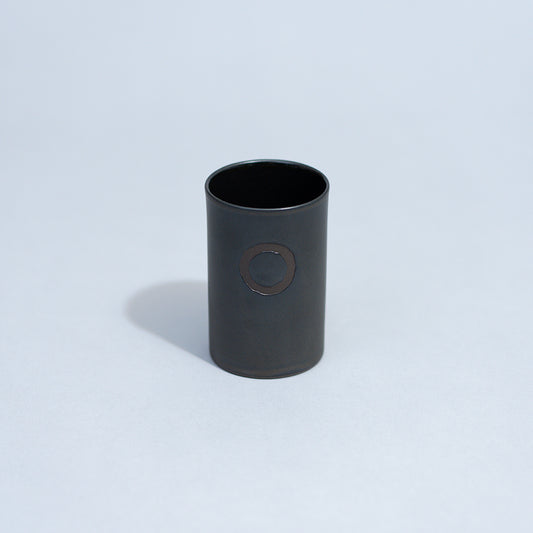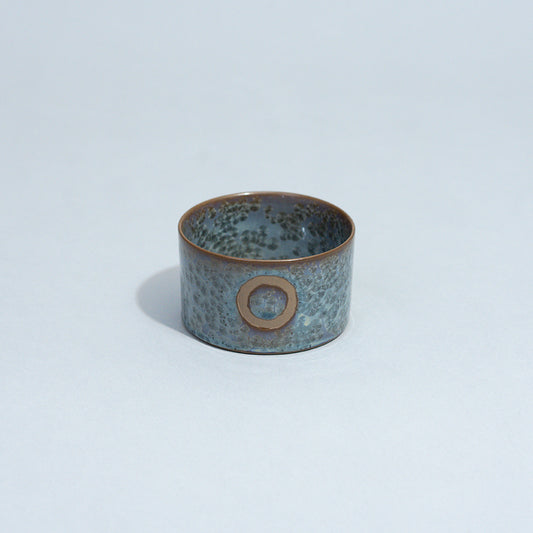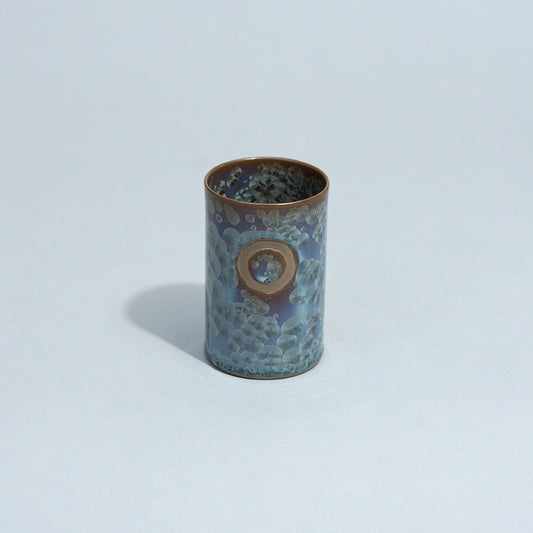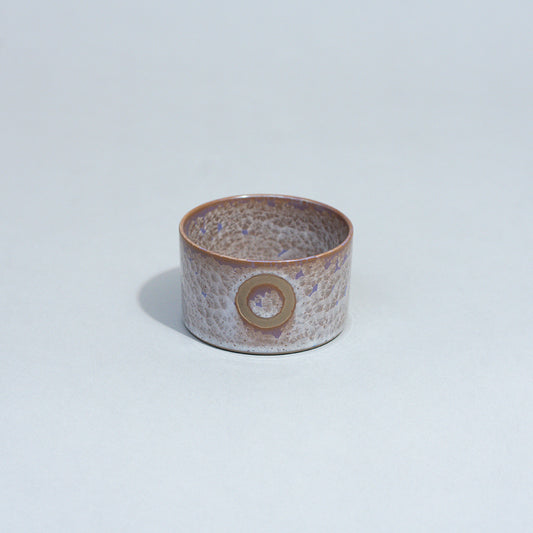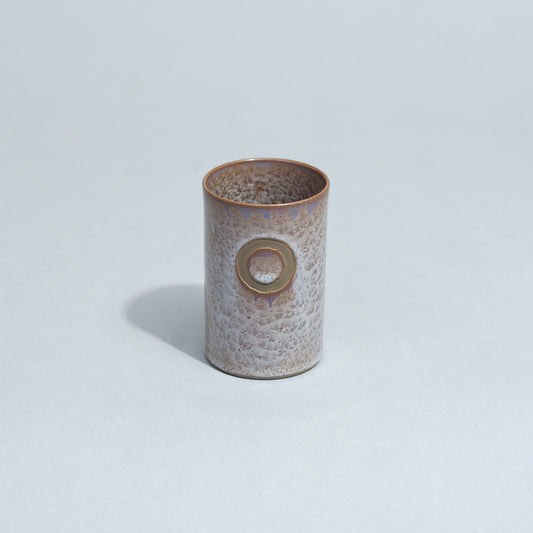This is a limited edition collaboration that can only be purchased during the three days of "SYNDICATE."
The artwork of the three artists is printed on washi paper and handwritten by the head priest of Keishun-in Temple.
Tickets will be sold on a first-come, first-served basis and can be purchased at the reception desk immediately upon entering Keishun-in Temple.
The selling price will be 1,000 yen.
[kinds]
Backside works.

isayamax

Hundreds of songs

Keishun-in Temple, a subtemple of Myoshinji Temple

Keishun-in, a subtemple of Myoshinji Temple, was founded in 1600 by Tsuda Hidenori, the second son of Oda Nobutada. Visitors can also view the hidden teahouse "Kihakuan" (usually closed to the public), four gardens that are nationally designated historic sites and scenic spots, and sliding door paintings by Kano Sansetsu.
The four gardens created by Gyokuenbo, a disciple of Kobori Enshu, during the Edo period represent the stages a person goes through in training until he or she attains enlightenment, and have been designated as national historic sites and scenic spots.
Garden of Purity
This small garden is located on the north side of the Hojo. It is a dry landscape garden where you can purify yourself by watching the sound of a stone waterfall and the sound of a white sand stream.
Wabi Garden
The garden that leads from Shoin to Kihakuan is divided into an inner and outer garden, and is an expertly crafted space of tranquility and simplicity that will put your mind at ease.
Garden of Contemplation
The stones scattered on the left and right artificial hills on the east side of the Hojo are like the Sixteen Arhat Stones, and the cornerstone in the center is like a Zazen stone. You can sit in meditation and be lost in thought in a deep, secluded mountain valley, a land of enchantment.
Garden of Shinnyo
The cliff on the south side of the Hojo is covered with large pruned azaleas, and beyond that is lush maple trees. In the beautiful landscape covered with Japanese cedar moss, small garden stones are casually arranged in a 7-5-3 pattern to represent the full moon (enlightenment) of the 15th night.




![[イベント|11/2-4]桂春院「SINDICATE」コラボレーション御朱印](http://qutoten.jp/cdn/shop/articles/goshuin_thm.jpg?v=1729834934&width=1100)
